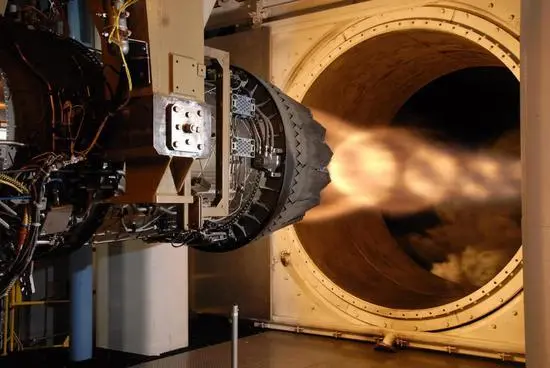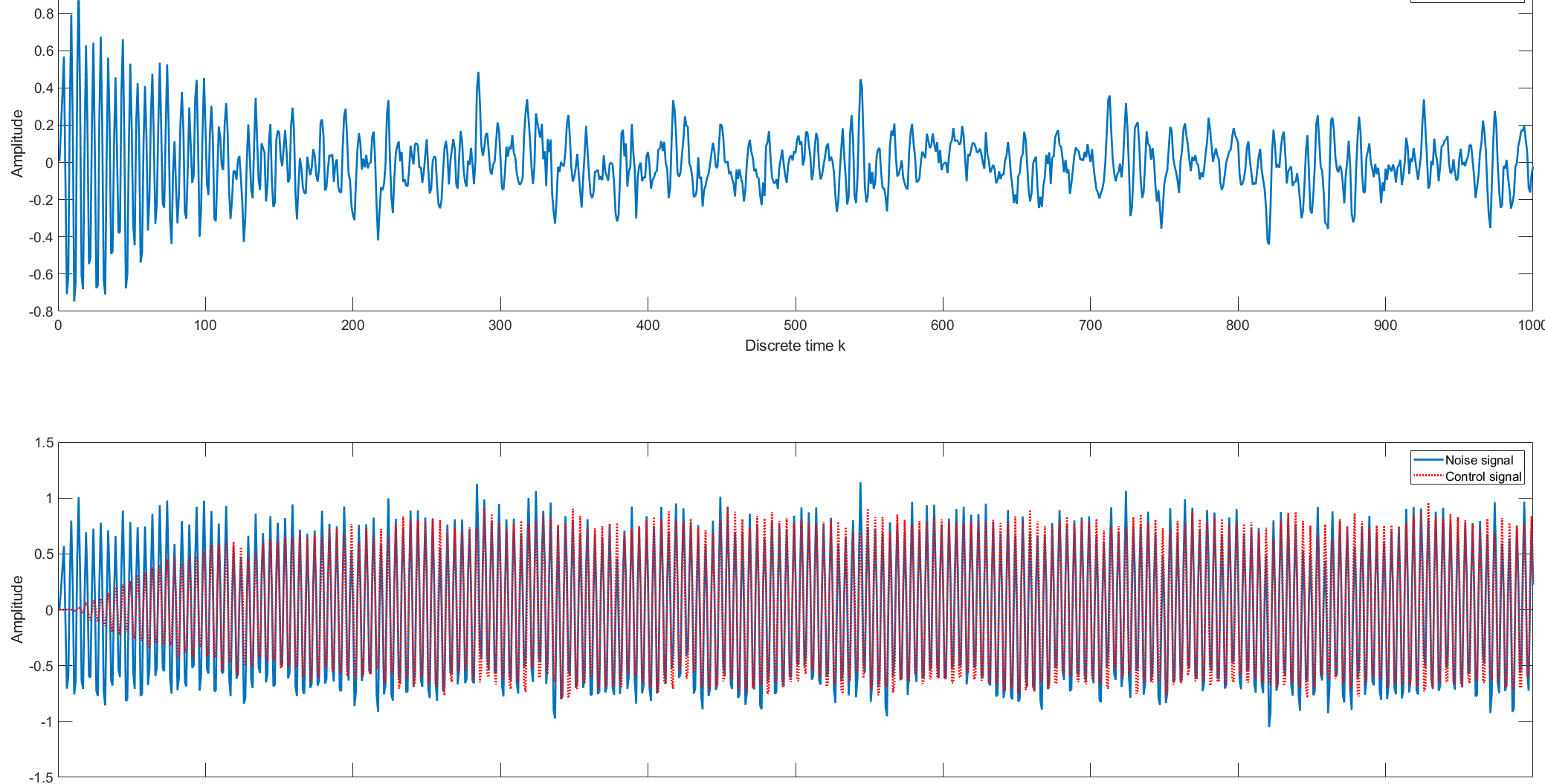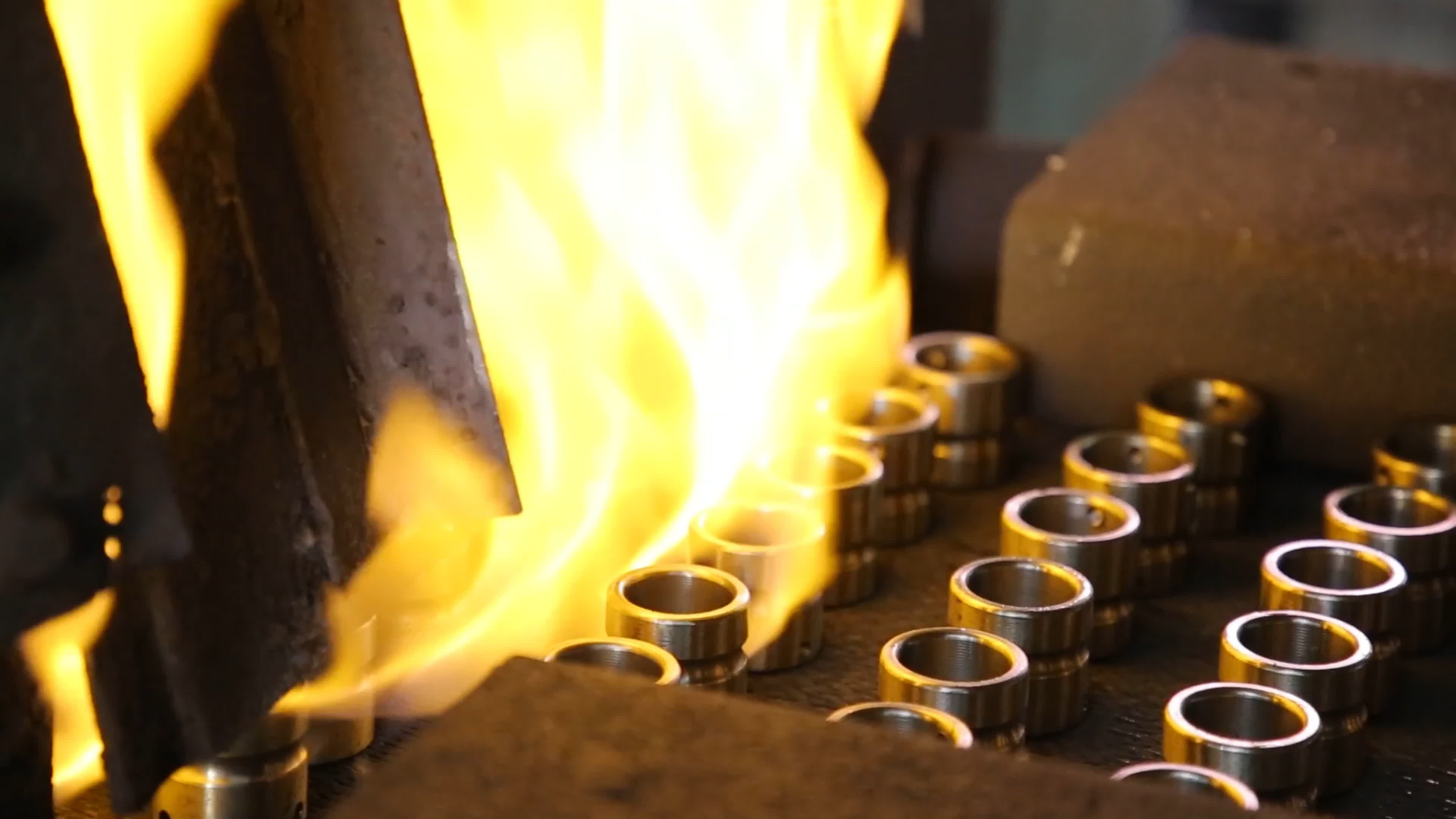

The rotational speed of automotive bearings is a measure of bearing performance
The rotational speed of automotive bearings is one of the important parameters for measuring bearing performance, which directly affects the stability and lifespan of bearings during high-speed operation. Choosing the appropriate bearing speed is crucial for ensuring the normal operation of various components in a car. Here are some key information about the rotational speed of automotive bearings:The maximum speed that the bearing can withstand: This is the maximum speed that the bearing can withstand. Exceeding this speed may cause the bearing temperature to rise, lubricant to fail, and ultimately lead to bearing damage. The maximum speed is affected by factors such as bearing type, size, tolerance, retainer type, material, lubricant type and quantity, lubrication method, etc. For example, the maximum speed of deep groove ball bearings is usually between 15000 and 30000 revolutions per minute, while the maximum speed of tapered roller bearings is between 8000 and 20000 revolutions per minute. These values are approximate ranges, and the specific selection needs to be based on the actual situation and the data provided by the manufacturer. Reference speed: This is an estimated bearing speed based on thermal equilibrium under specific conditions, used to quickly evaluate the bearing's speed capability. The reference speed is usually lower than the limit speed and is obtained under specific working conditions, such as light loads, specific lubricants, and clean environments.Considerations for speed selection: When selecting bearings, the working conditions of the bearings should be taken into account, including load size, working temperature, lubrication method, etc. In high-speed applications, ball bearings typically have higher limit speeds and rotational accuracy than roller bearings. For bearings that operate at high speeds, it may be necessary to use high-precision bearings, special material cages, and lubrication methods suitable for high-speed rotation.The effect of lubrication on rotational speed: The type and quality of lubricant have a significant impact on the rotational speed of bearings. Appropriate lubrication can reduce friction, lower temperature, and thus increase the maximum speed of bearings. In high-speed applications, special lubricants or lubrication methods such as oil mist lubrication or oil air lubrication may be required.Bearing material and design: The material and design of bearings can also affect their maximum rotational speed. For example, hybrid bearings using ceramic materials can operate at higher speeds because ceramic materials have lower density and good thermal stability.Speed in practical applications: In practical applications, the speed of bearings is usually lower than the limit speed to ensure safety and extend the service life of bearings. If it is necessary to operate under conditions close to the limit speed, detailed thermal analysis may be required and necessary measures may be taken, such as improving the lubrication system or using specially designed bearings.In short, when choosing the speed of automotive bearings, it is necessary to comprehensively consider the working conditions, design requirements, and manufacturer's recommendations of the bearings. In high-speed applications, it may be necessary to collaborate with bearing manufacturers to ensure that the selected bearings meet specific performance requirements.
Reference speed: This is an estimated bearing speed based on thermal equilibrium under specific conditions, used to quickly evaluate the bearing's speed capability. The reference speed is usually lower than the limit speed and is obtained under specific working conditions, such as light loads, specific lubricants, and clean environments.Considerations for speed selection: When selecting bearings, the working conditions of the bearings should be taken into account, including load size, working temperature, lubrication method, etc. In high-speed applications, ball bearings typically have higher limit speeds and rotational accuracy than roller bearings. For bearings that operate at high speeds, it may be necessary to use high-precision bearings, special material cages, and lubrication methods suitable for high-speed rotation.The effect of lubrication on rotational speed: The type and quality of lubricant have a significant impact on the rotational speed of bearings. Appropriate lubrication can reduce friction, lower temperature, and thus increase the maximum speed of bearings. In high-speed applications, special lubricants or lubrication methods such as oil mist lubrication or oil air lubrication may be required.Bearing material and design: The material and design of bearings can also affect their maximum rotational speed. For example, hybrid bearings using ceramic materials can operate at higher speeds because ceramic materials have lower density and good thermal stability.Speed in practical applications: In practical applications, the speed of bearings is usually lower than the limit speed to ensure safety and extend the service life of bearings. If it is necessary to operate under conditions close to the limit speed, detailed thermal analysis may be required and necessary measures may be taken, such as improving the lubrication system or using specially designed bearings.In short, when choosing the speed of automotive bearings, it is necessary to comprehensively consider the working conditions, design requirements, and manufacturer's recommendations of the bearings. In high-speed applications, it may be necessary to collaborate with bearing manufacturers to ensure that the selected bearings meet specific performance requirements.






